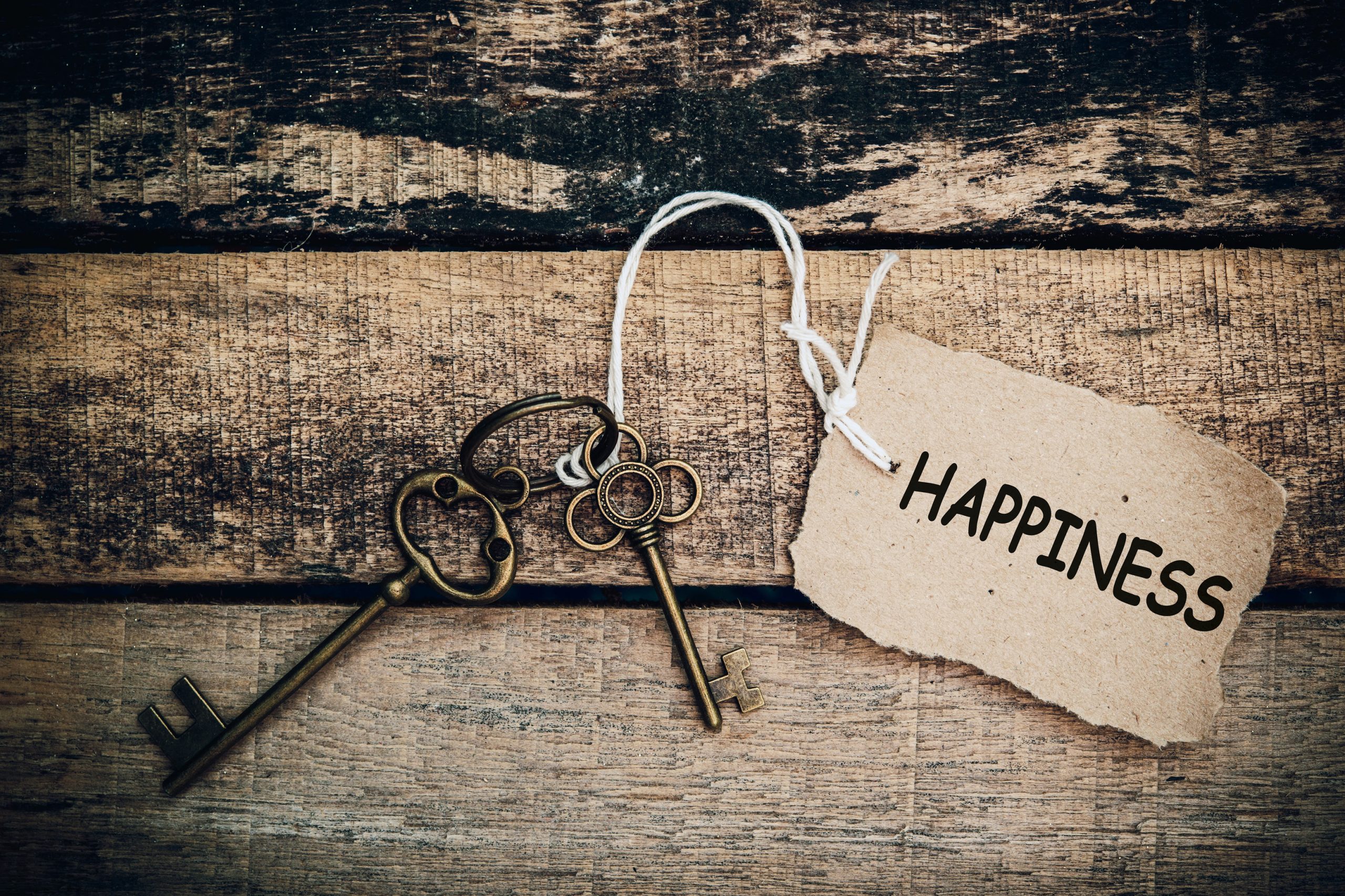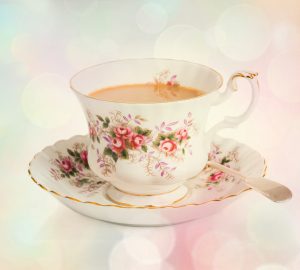An old alley cat watches a kitten chasing its tail round and round. She asks, “What are you doing?” The kitten replies, “I just finished cat philosophy school where I learned there are two important things for cats. First, happiness is the most important, and second, it is located in one’s tail. So, I figured I would catch it in my mouth so that I can have eternal happiness.” The old cat had learned the same things: “The only difference is that I’ve discovered that if you go about your business and do the things that are important to you, happiness will follow you wherever you go.”
Kids have been conditioned to believe that happiness is gained through externals: more friends, more toys, more likes, better grades. They’ve also grown up in a culture where the philosophy is more and faster are better, and achievement is superior to character. The end result is discontent because there can never be enough.
Kids and adults can feel empty or lonely for many reasons, so they reach for a thrill to pull them out of their funk. These experiences can distract you from your emotions, but when the short-term high has worn off, you’re back to feeling empty again, oftentimes emptier—I call this the thrill hangover. It takes a bigger thrill to pull yourself out of the funk, which results in a deeper hangover, and the cycle continues.
The way out of this harmful cycle is awareness that you are in it and then finding healthy ways to take care of your emotions. Self care options include journaling, doing art, spending time in nature, surrounding yourself with reliable friends and starting a new hobby. Experiences like these bring happiness without you even trying.
I read a story once about the eminent therapist Karl Menninger who said that when working with a depressed patient, he’d encourage them to leave his office and go across the street and be of service to someone. Getting out of yourself and giving to others brings a sense of purpose and subsequently happiness. Let me leave you with a story about the power of selfless service and happiness.
In a small village in Germany in the 15th century, there lived a family with two brothers who shared a dream of pursuing art, but the family couldn’t pay for their education. The boys tossed a coin. The loser would go work in the nearby mines and support his brother attending art academy. Then that brother would support the other one by working in the mine or selling art. Albrecht Durer won the coin toss and went off to school while Albert worked in the mines. After four years, Albrecht returned, thanked his brother and told him it was now his turn to go to school. Albert shared that it was impossible for him to go. The bones in every finger of his hands had been broken.
To pay homage to his brother’s sacrifice, Albrecht carefully drew Albert’s tortured hands. Over time, people were so moved by the painting and its story that they called this tribute of love The Praying Hands. Today, 450 years later, Albrecht Durer’s work hangs in great museums around the world.
Selfless service may be the best way to happiness. Set an intention for the new year to focus on healthy fillers like being of service to move yourself from emptiness to happiness.








